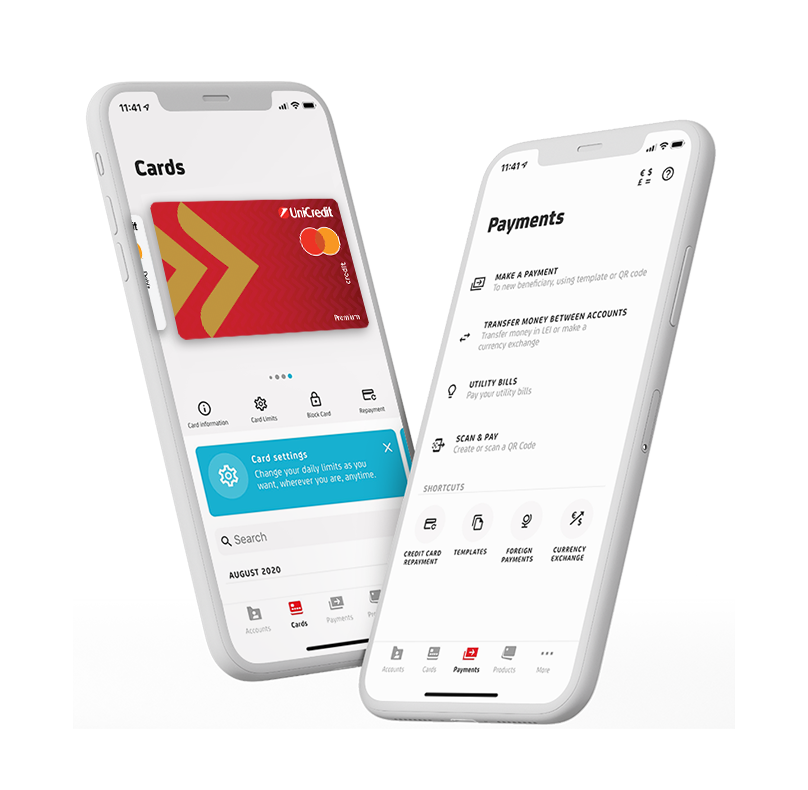As financial markets transition away from using LIBOR to an alternative reference rate, all users including the banks and their clients will make a coordinated effort for a smooth transition. Below is a brief guide.
EURIBOR: can continue to be used as a benchmark under BMR rules
The Euro Interbank Offered Rate (EURIBOR) is an unsecured market benchmark rate calculated by a panel of selected banks, and administrated and published by the European Money Markets Institute (EMMI) for several maturities (one week, and one, three, six and twelve months).
In order to satisfy the requirements of the European Benchmark Regulation, EMMI has developed a new calculation methodology (so called “Hybrid Methodology”). Under the new Hybrid Methodology, EURIBOR is calculated using real transactions whenever such transactions are available.
From EONIA to €STR
The calculation methodology of EONIA would have become non-compliant with the EU BMR, given the scarcity of underlying transactions and high concentration of volumes among a small number of contributors.
In order to maintain EONIA for a transitional period and until its discontinuation on January 3rd 2022, its methodology has been changed and, since October 2nd 2019, EONIA has been computed as €STR plus a fixed spread of 8.5 basis points. The €STR reflects the wholesale euro unsecured overnight borrowing costs of largest euro area banks and is based exclusively on real transactions reported to the ECB.
EONIA will be published for the last time on January 3rd 2022 and discontinued thereafter; all contracts maturing after this date and referring to EONIA must have a written fallback clause providing for its substitution.
From London Interbank Offered Rate (LIBOR) to Alternative Reference Rate (ARR)
LIBOR, the London Interbank Offered Rate, is currently produced centrally in London by ICE Benchmark Administrator in seven tenors (or lengths), from overnight up to 12 months, for 4 currencies (see the table below) and the UK’s Prudential Regulation Authority (PRA) is responsible for its regulation.
The Financial Conduct Authority (FCA) has made it clear that the publication of LIBOR is not guaranteed beyond 2021 and thus firms must transition the existing contracts to Alternative Reference Rates before this date (ARRs).
ARRs are overnight nearly risk-free reference rates, which have been identified as alternative benchmarks for the existing key interbank offered rates (IBORs). Such rates are robust and are anchored in active, liquid underlying markets.
A selection of possible alternatives to LIBOR around the world:
LIBORs
|
ARRs
|
LIBOR USD
|
SOFR, Secured overnight financing rate (Secured
Transactions)
|
| LIBOR GBP |
SONIA, Sterling overnight index average (Unsecured
Transactions)
|
| LIBOR JPY |
TONAR, Tokyo overnight average (Unsecured Transactions)
|
| LIBOR CHF |
SARON, Swiss average rate overnight (Secured
Transactions)
|
On March, 5th 2021 “the FCA has confirmed that all LIBOR settings will either cease to be provided by any administrator or no longer be representative: immediately after 31 December 2021, in the case of all sterling, euro, Swiss franc and Japanese yen settings, and the 1-week and 2-month US dollar settings; and immediately after 30 June 2023, in the case of the remaining US dollar settings” (https://www.fca.org.uk/news/press-releases/announcements-end-libor)
The FCA will hold consultations on a proposal to require continued publication of the most representative tenors (1M, 3M and 6M) of GBP, JPY and USD LIBOR rates on a synthetic basis aimed at smoothing legacy contracts transition.
Fallback Provisions
To address the risk that one or more LIBORs or benchmarks are discontinued while market participants continue to have exposure to that rate, financial institutions and clients are encouraged to agree to contractual fallback provisions using ARRs as replacement rates.
The fallback rates are being developed to ensure contracts’ continuity once LIBOR is discontinued. Furthermore, market participants must ensure that the contracts align as closely as possible to the original agreement after the fallback kicks in, resulting in a rate that is predictable, transparent and fair.
Work is underway across numerous jurisdictions to develop contractual fallbacks to mitigate the risk associated with the uncertainty of LIBOR’s existence post-2021 and therefore to reduce potential uncertainties if it ceases to be used.




